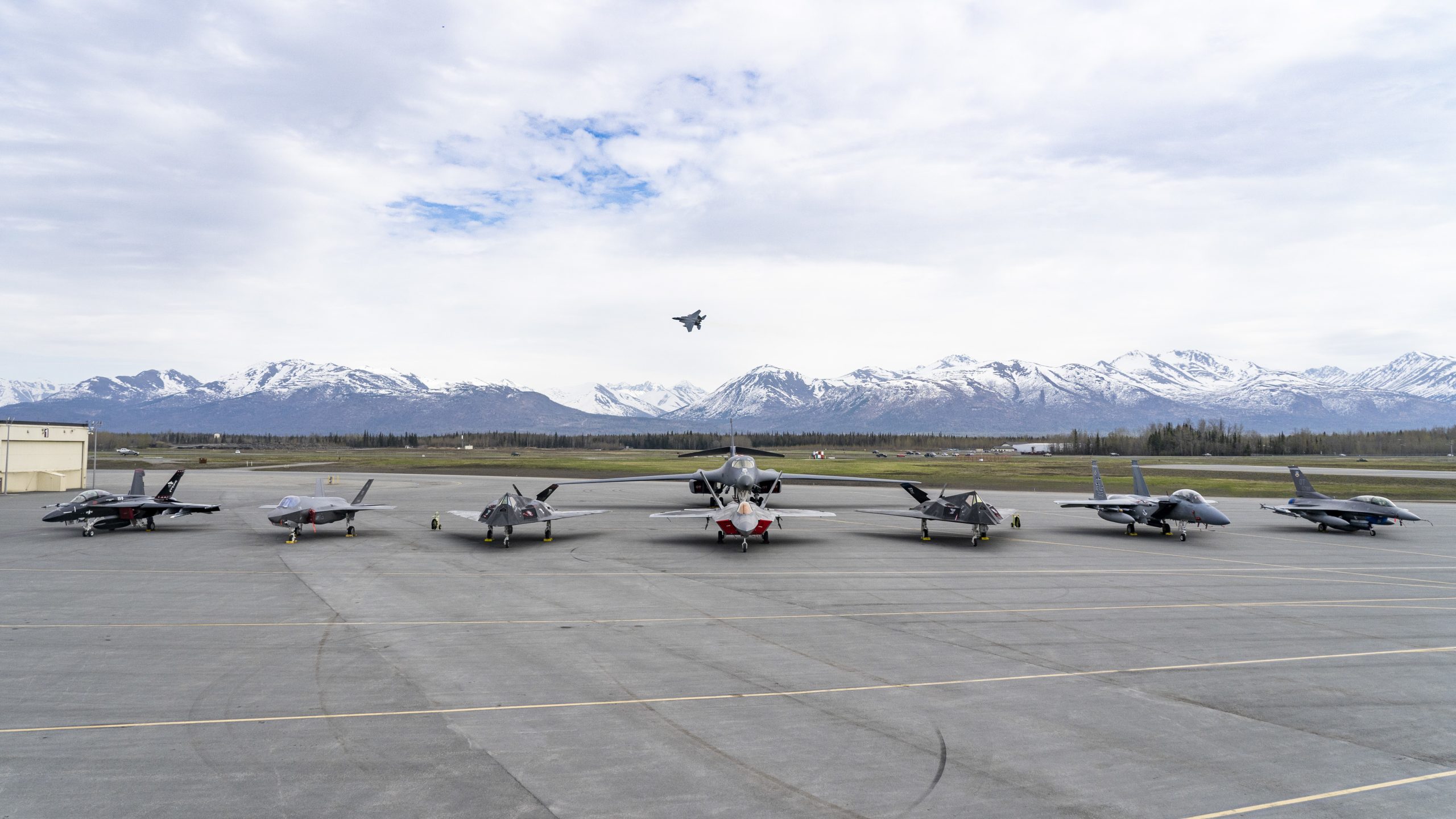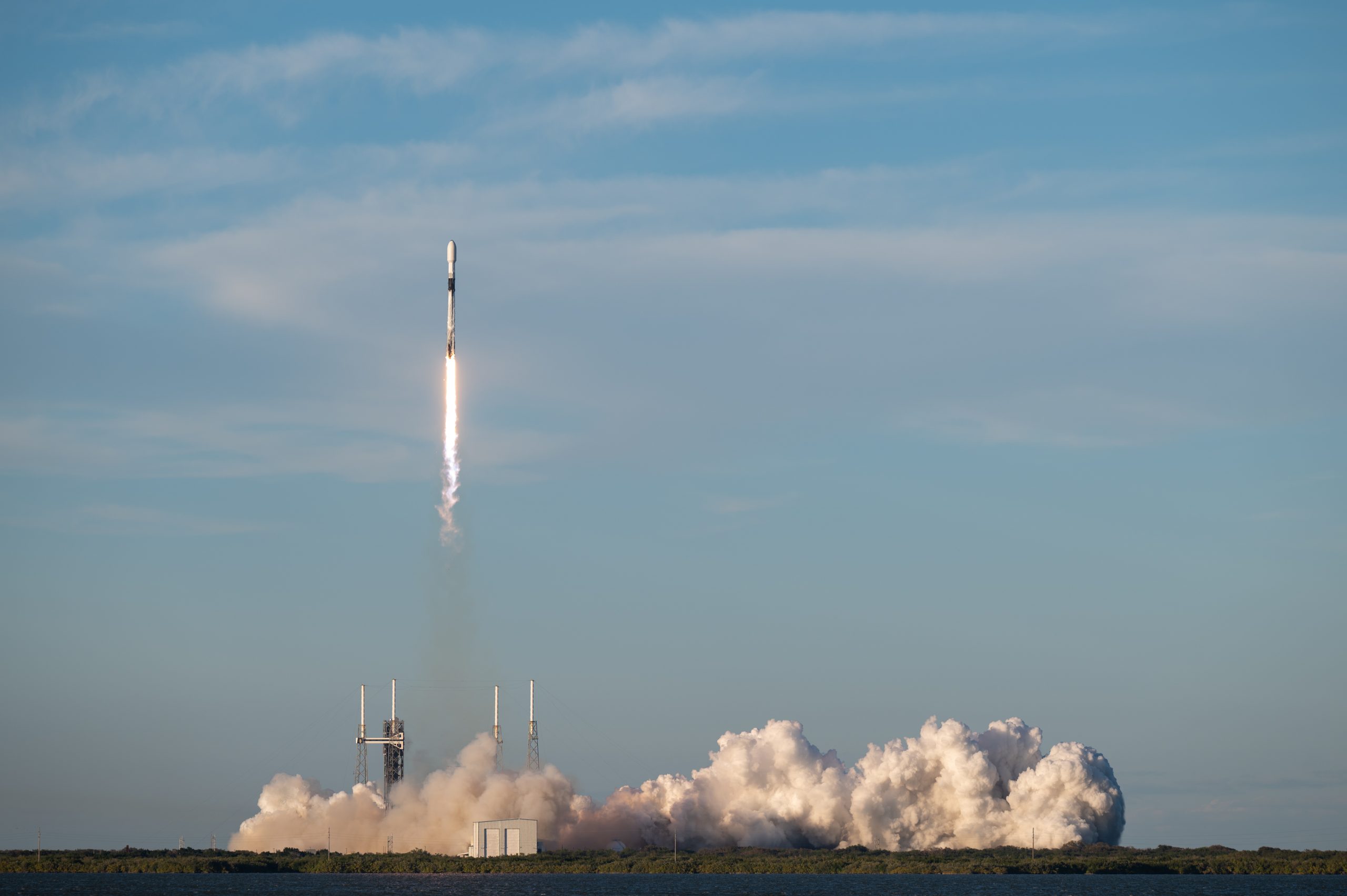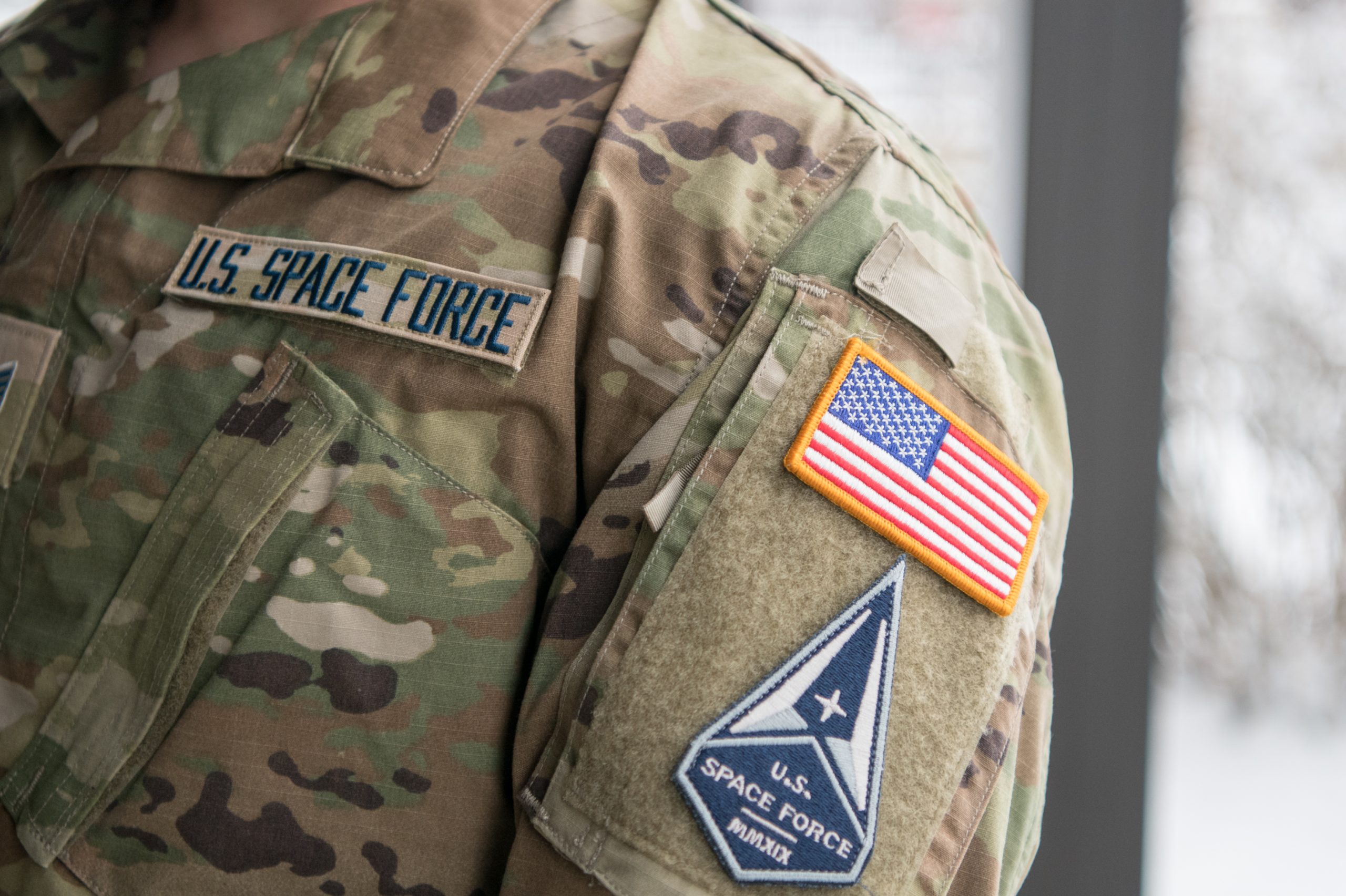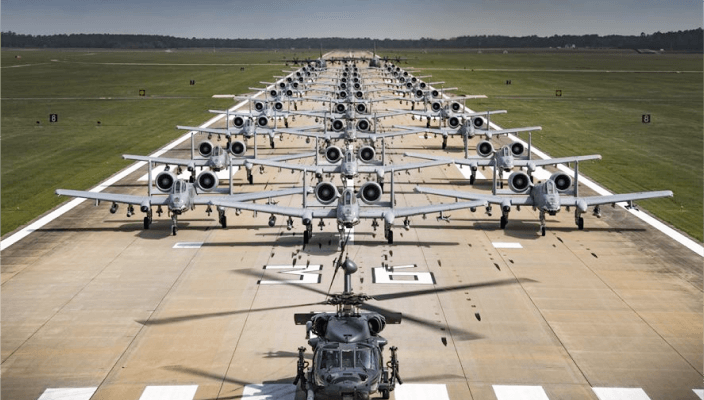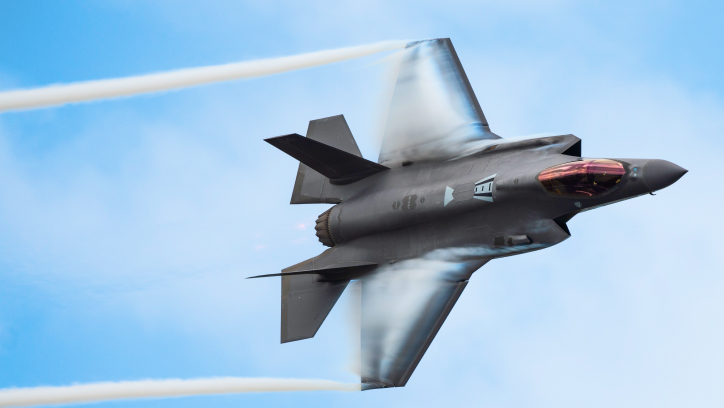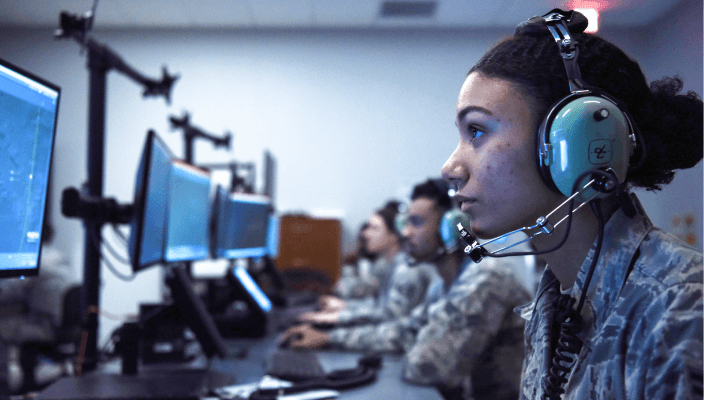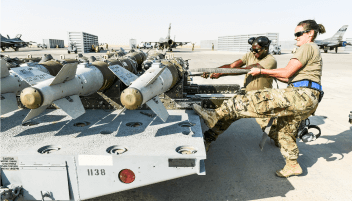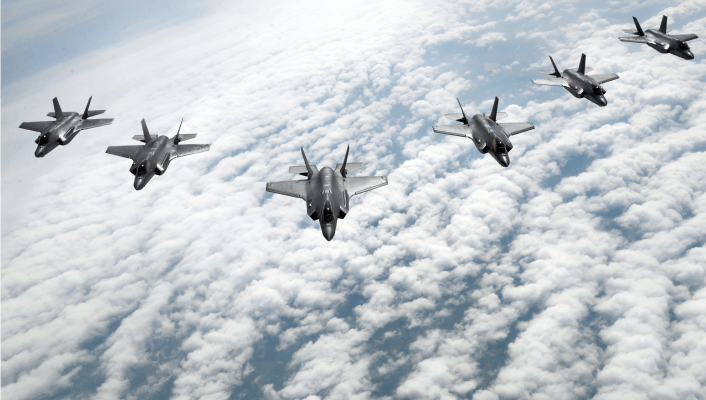Will Congress Boost Air and Space Power in 2025?
In this Rendezvous episode, we discuss air and space power issues through the congressional lens, and how that may affect individual programs, broader strategy, and budget considerations. We also explore recent, increasingly direct remarks about resource needs by former Secretary of the Air Force Frank Kendall and Chief of Staff of the Air Force Gen David Allvin.
